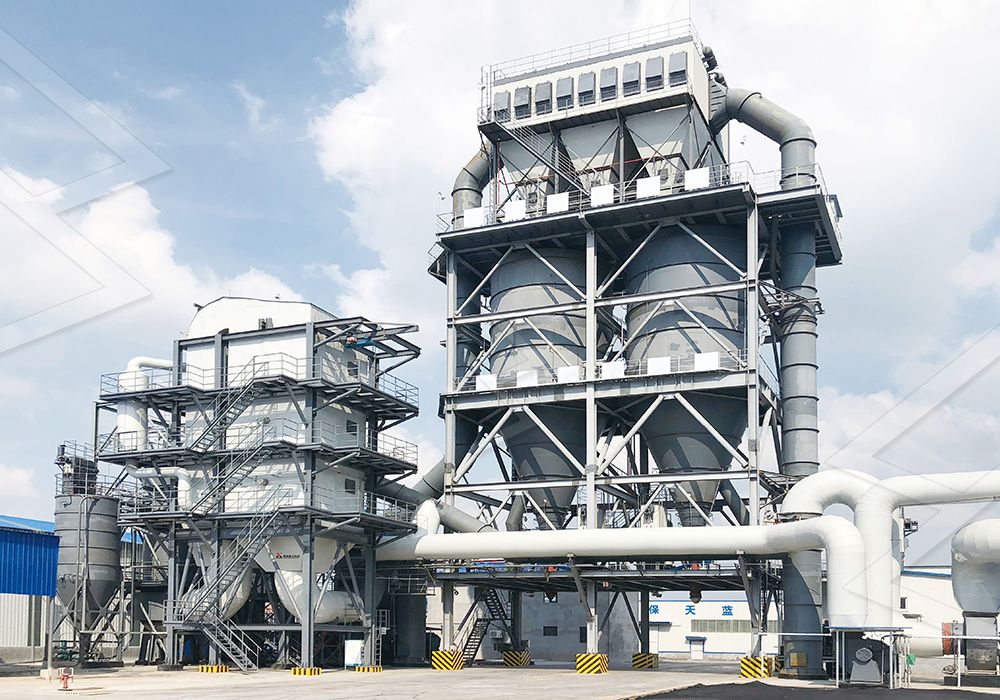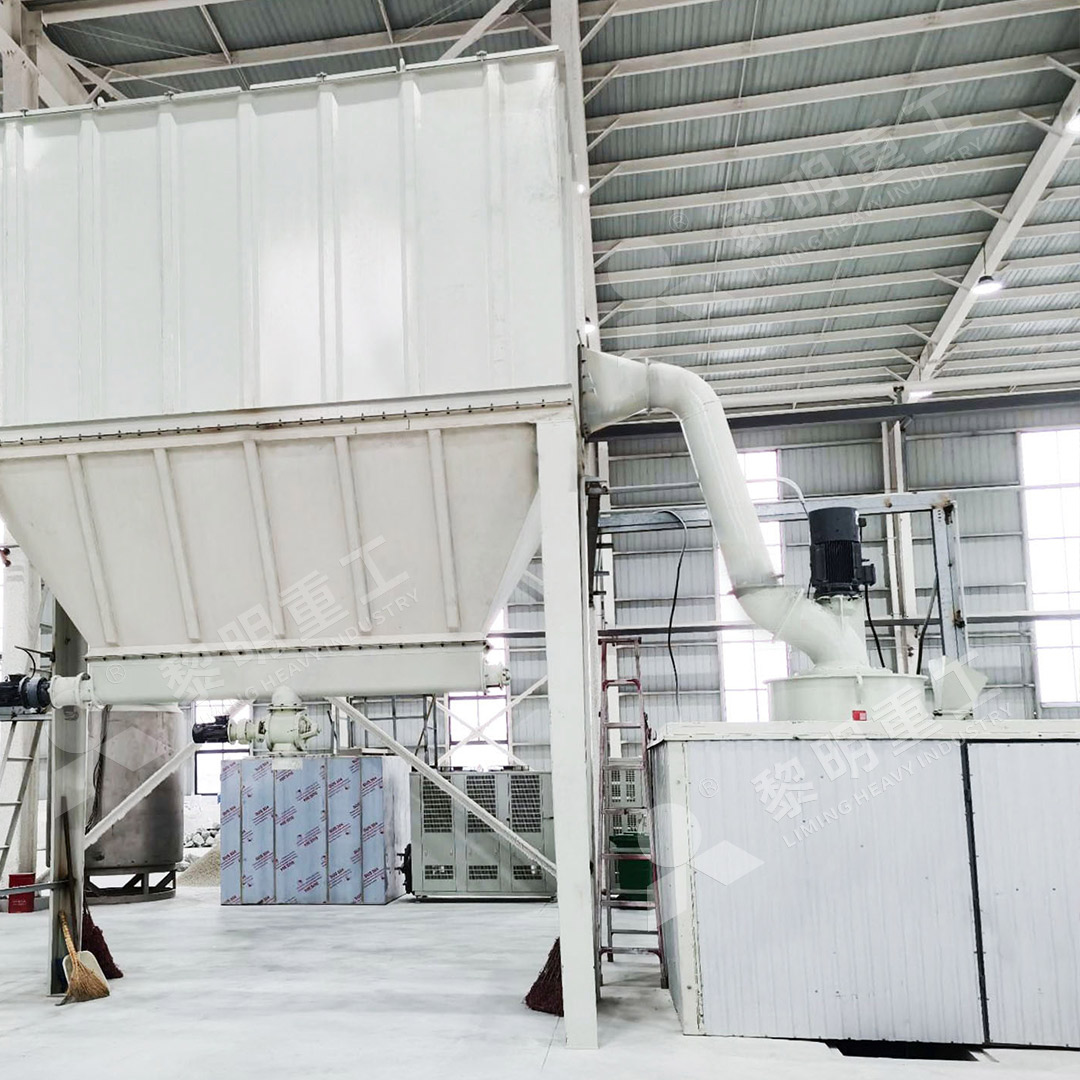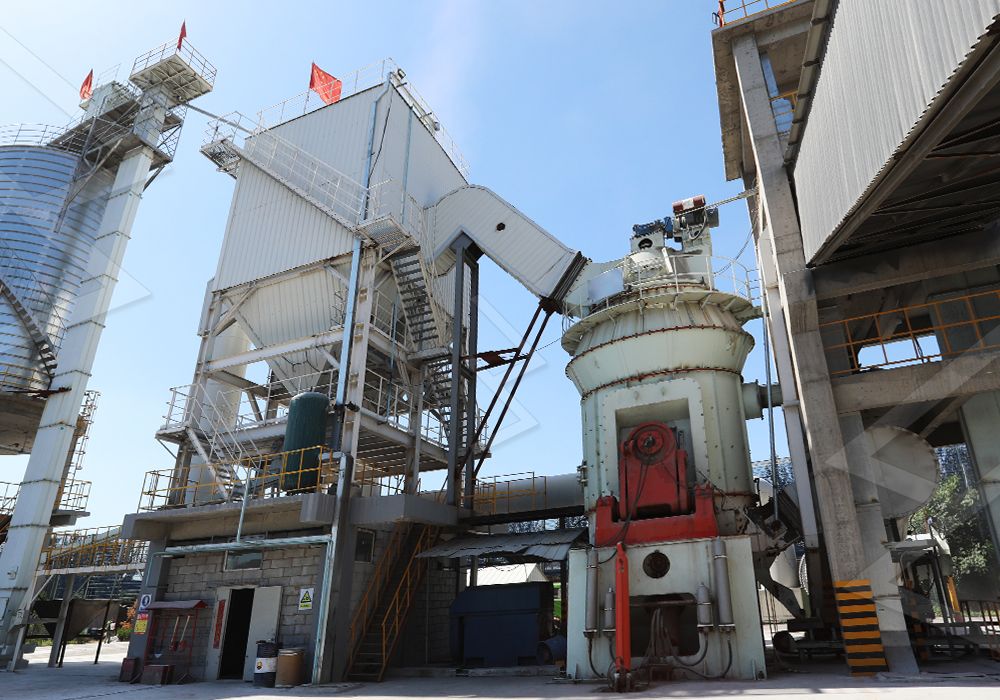2.2×7 Ball Mill Production Capacity for Grinding Steel Slag
Optimizing Steel Slag Grinding Operations: Beyond Traditional Ball Mills
Steel slag, a byproduct of steel manufacturing, presents unique challenges for grinding operations due to its abrasive nature and variable composition. While traditional 2.2×7 ball mills have been workhorses in many mineral processing applications, their efficiency and cost-effectiveness for steel slag grinding deserve careful evaluation in today’s competitive environment.

The Limitations of Conventional Ball Mill Technology
The standard 2.2×7 ball mill (2.2 meters in diameter by 7 meters in length) typically processes between 8-15 tons per hour when grinding steel slag to 200 mesh. While this capacity might seem adequate initially, operators often encounter several persistent issues:
- High energy consumption per ton of processed material
- Significant wear on grinding media and liners
- Limited ability to achieve finer particle sizes efficiently
- Substantial noise and dust generation requiring additional environmental controls
- Frequent maintenance downtime impacting overall productivity
These challenges become particularly pronounced when processing steel slag, where the material’s hardness and abrasiveness accelerate wear and increase operational costs.
Advanced Grinding Solutions for Steel Slag
Modern grinding technology has evolved significantly beyond traditional ball mills. For operations focused on steel slag processing, we strongly recommend considering our MW Ultrafine Grinding Mill as a superior alternative. This advanced system addresses the specific challenges of steel slag with several distinct advantages:

The MW Ultrafine Grinding Mill operates with input sizes up to 20mm and capacities ranging from 0.5 to 25 tph, making it suitable for various production scales. Its innovative design eliminates rolling bearings and screws in the grinding chamber, significantly reducing maintenance concerns and potential failure points. For steel slag applications, this translates to dramatically reduced downtime and lower total cost of ownership.
Key Benefits for Steel Slag Applications
When processing steel slag, the MW Ultrafine Grinding Mill demonstrates exceptional performance characteristics:
- Higher Yielding, Lower Energy Consumption: Production capacity is 40% higher than jet grinding mills and twice as large as ball grinding mills with the same fineness and power requirements
- Adjustable Fineness: Capable of producing powders between 325-2500 meshes, allowing operators to target specific market requirements
- Environmental Compliance: Integrated pulse dust collector and muffler system effectively controls dust and noise, ensuring operations meet stringent environmental standards
- Reduced Maintenance: The absence of rolling bearings in the grinding chamber eliminates concerns about bearing damage or seal failures
For operations requiring vertical grinding solutions, our LUM Ultrafine Vertical Grinding Mill presents another excellent option, particularly for facilities with space constraints. With an input size of 0-10mm and capacity of 5-18 tph, this system incorporates the latest grinding roller technology and German powder separating technology for exceptional efficiency.

Economic Considerations
The transition from traditional ball mills to advanced grinding systems represents not just a technological upgrade but a strategic business decision. While the initial investment might be higher, the operational savings in energy consumption, maintenance, and downtime typically deliver a compelling return on investment within 12-24 months for most steel slag processing operations.
Frequently Asked Questions
What is the typical production capacity of a 2.2×7 ball mill for steel slag?
A standard 2.2×7 ball mill typically processes 8-15 tons per hour when grinding steel slag to 200 mesh, though this can vary based on slag characteristics and desired fineness.
How does the MW Ultrafine Grinding Mill compare to traditional ball mills for steel slag?
The MW Ultrafine Grinding Mill offers approximately twice the production capacity of equivalent ball mills while reducing energy consumption by 30-40%. Its maintenance requirements are significantly lower due to the elimination of rolling bearings in the grinding chamber.
What particle sizes can be achieved with modern grinding systems?
Advanced systems like the MW Ultrafine Grinding Mill can produce powders ranging from 325 to 2500 meshes, allowing operators to target specific market applications for their steel slag products.
Are there environmental benefits to upgrading from traditional ball mills?
Yes, modern grinding systems incorporate integrated dust collection and noise reduction technologies that significantly reduce environmental impact and help operations comply with increasingly stringent regulations.
What is the typical payback period for upgrading grinding equipment?
Most operations see a complete return on investment within 12-24 months due to reduced energy consumption, lower maintenance costs, and increased production capacity.
